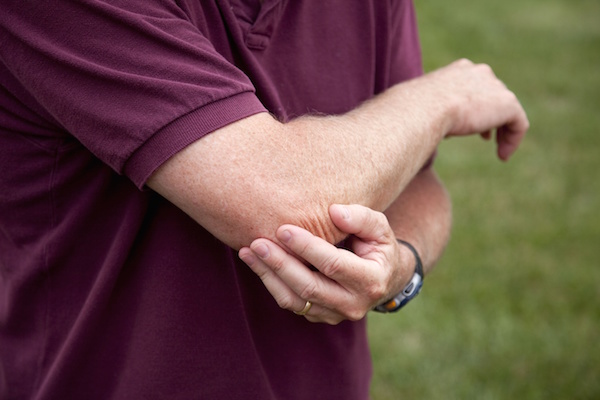
THURSDAY, Dec. 8 (HealthDay News) — Exercise is good medicine, and the number of American adults who did no physical activity in their leisure time decreased from 31 percent in 1989 to 25 percent in 2008, researchers have found.
But further gains may be difficult to achieve because certain subgroups of people are highly unlikely to exercise, such as those with arthritis, according to the report from the U.S. Centers for Disease Control and Prevention.
Many of the roughly 50 million U.S. adults with arthritis, which causes joint pain and swelling, are physically inactive because of discomfort or fears that exercise will make their arthritis worse, the CDC researchers said.
The study involved an analysis of data from nearly 433,000 people who took part in the 2009 Behavioral Risk Factor Surveillance System survey, a telephone survey conducted in all states, territories and Washington, D.C.
Even though exercise is known to reduce arthritis-related pain and improve function, the researchers found that 53 percent fewer adults with arthritis exercise than adults who don’t have arthritis. A state-by-state analysis showed that adults with arthritis accounted for 25 to 47 percent of all adults who did no physical activity in their leisure time.
Among sedentary people, even small increases in physical activity can trigger benefits, the study authors pointed out in their report in the Dec. 9 issue of the Morbidity and Mortality Weekly Report, published by the CDC.
“To reduce the prevalence of no [leisure-time physical activity] among all adults, physical activity promotion initiatives should include interventions such as targeted health communication campaigns and community-based group exercise programs proven safe and effective for adults with arthritis,” the researchers wrote in the report.
More information
The Arthritis Foundation has more about exercise and arthritis.

